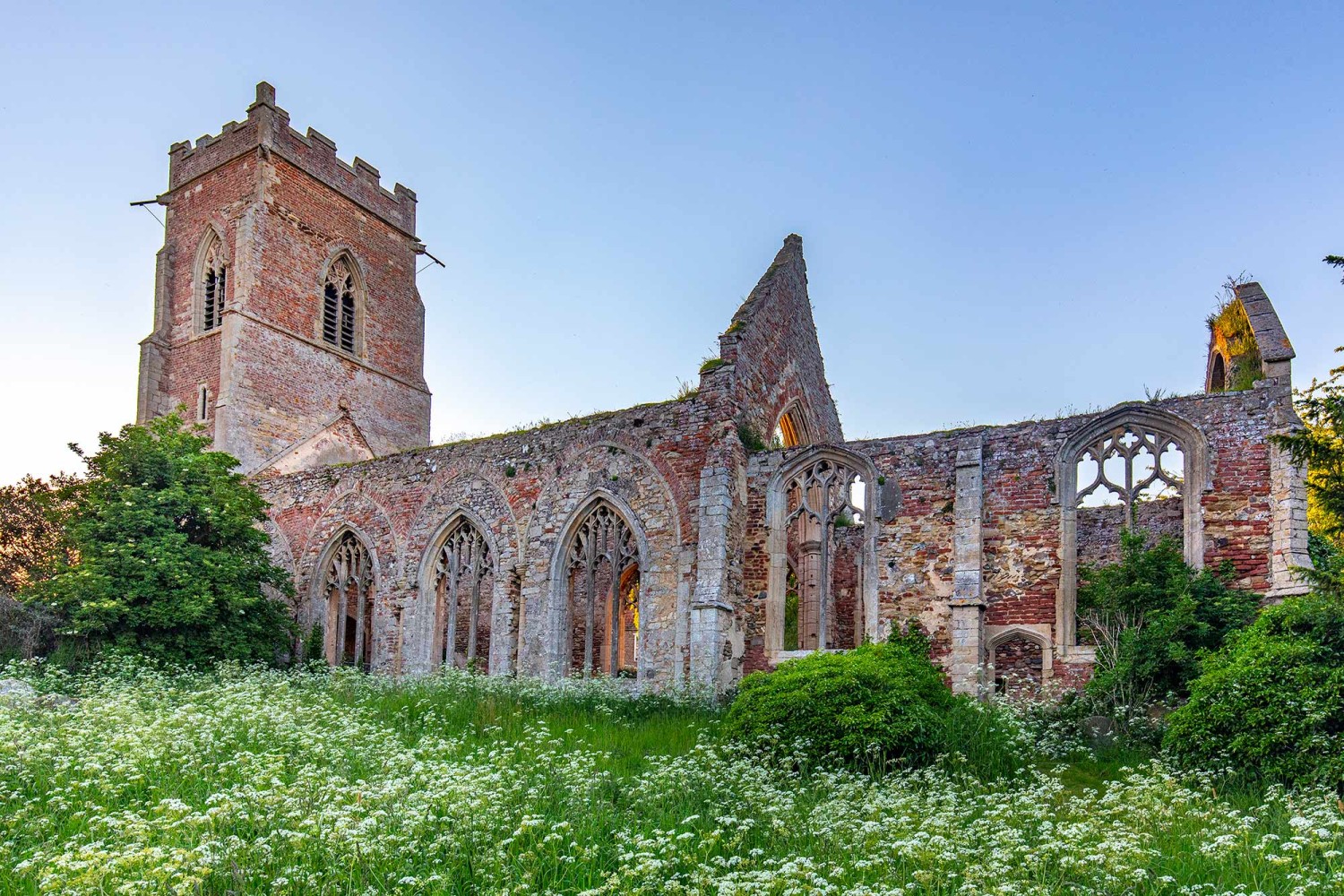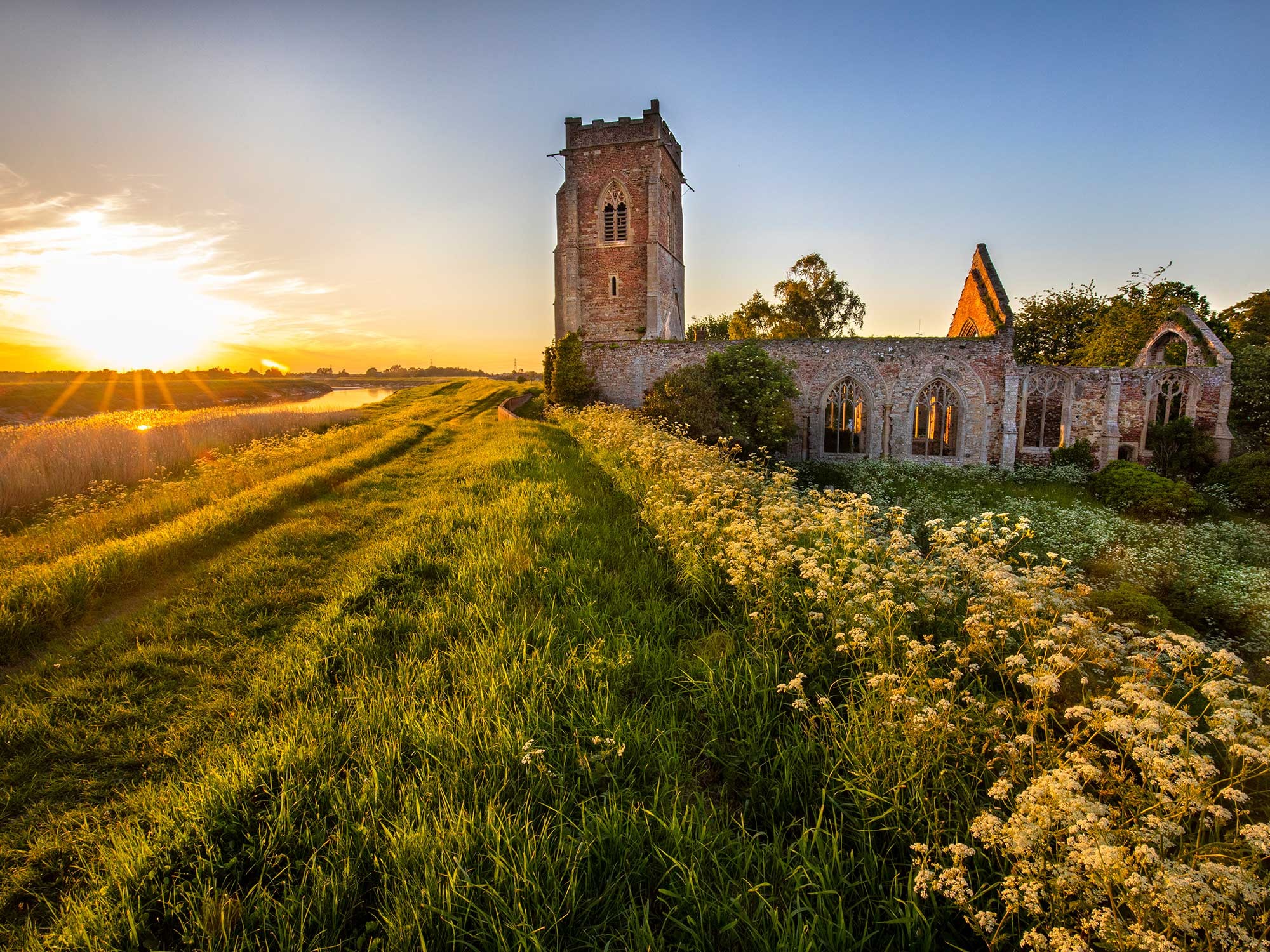
A charming ruin and a fascinating story
There are over 100 ruined churches in Norfolk, which has the greatest concentration of medieval churches in the world - but few of them are as impressive or atmospheric as the shell of St Peter in Wiggenhall
You may not have heard of Cornelius Vermuyden, but the Dutch-born engineer made a huge impact on the landscape of west Norfolk, bringing a range of techniques for controlling water and draining marshland to the Fens in the 1650s.
Having studied Dutch techniques for controlling water and draining marshland he came to England in 1621, repairing a sea wall on the River Thames at Dagenham and reclaiming Canvey Island in Essex - work which led to a number of commissions from King Charles I.
Vermuyden’s ideas on constructing ‘washes’ to allow periodic flooding of the area by excess waters may have been innovative, but they would eventually have unforeseen consequences - such as the ruined church of St Peter at Wiggenhall.
When a relief channel was dug for the River Great Ouse in the 1950s, the church had been standing for at least 600 years - but the new canal essentially cut if off from the village it served, and it was gradually abandoned and left to its fate.
Once completely overgrown, the remains of the church have been in the good care of the Norfolk Historic Churches Trust for many years, and is now one of the most evocative ruined churches in the area (of which there are over 100) and one of the most complete.
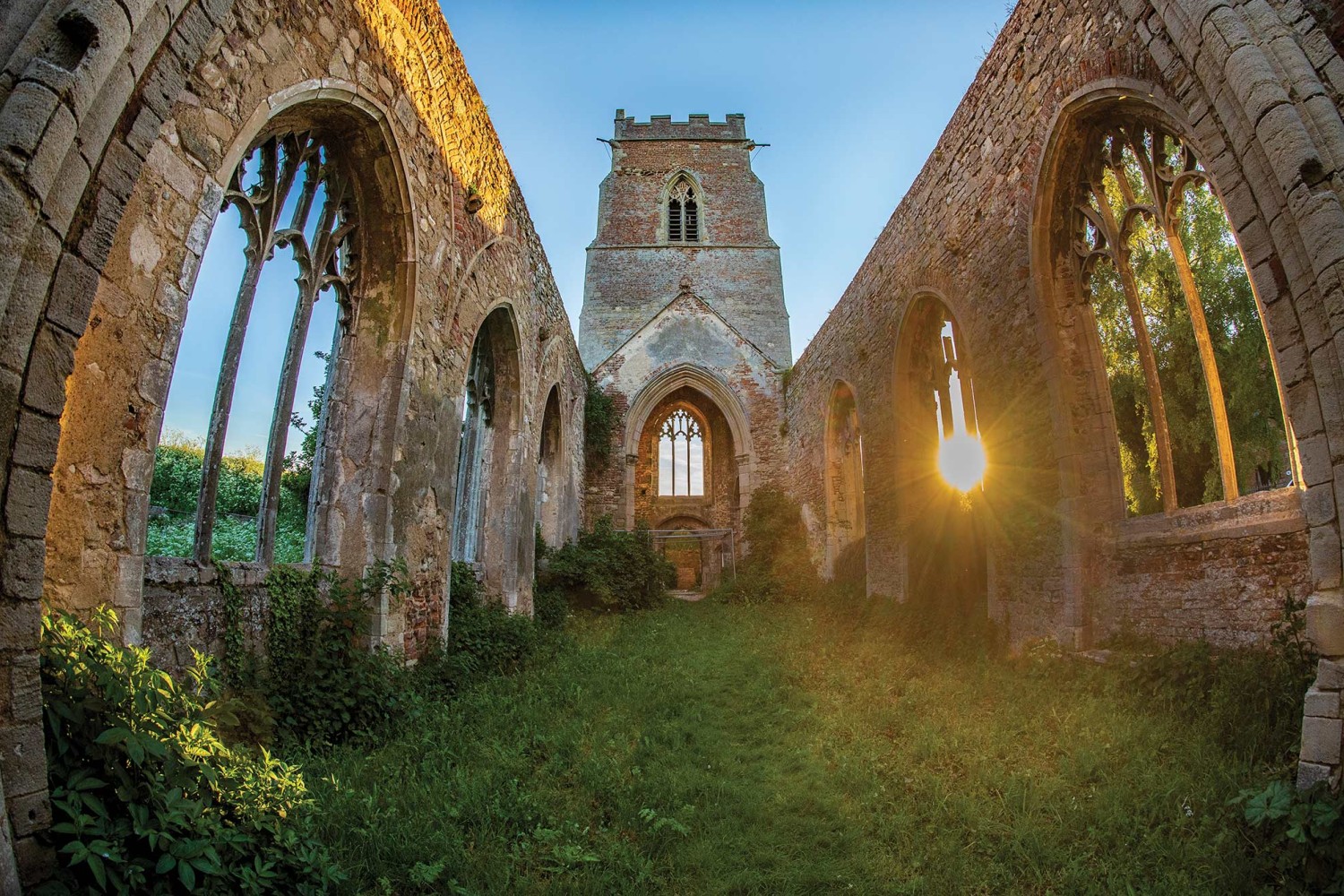
The first thing that strikes you is that that the roof is completely gone, although that allows you to examine its construction in more detail, revealing a complex combination of brick, carstone, flint and ashlar.
Here you can see a literal history in stone. The tower dates from the 13th century, most of the present-day church was built around 200 years later, and the brick buttresses and south porch about a century after that.
To the south are the last remains of an arcade, which was once an aisle - and although that’s long lost there’s still plenty here to enjoy.
Many original wooden roof beams are intact in the tower (as is some of the flooring), and you can still see the original carved seats, the chancel arch, the outline of the priest’s door, and two aumbries - recessed cabinets that were once used for storing sacred vessels and vestments. There are also many decorative corbels and headstops carved into fascinating faces and unidentifiable animals.
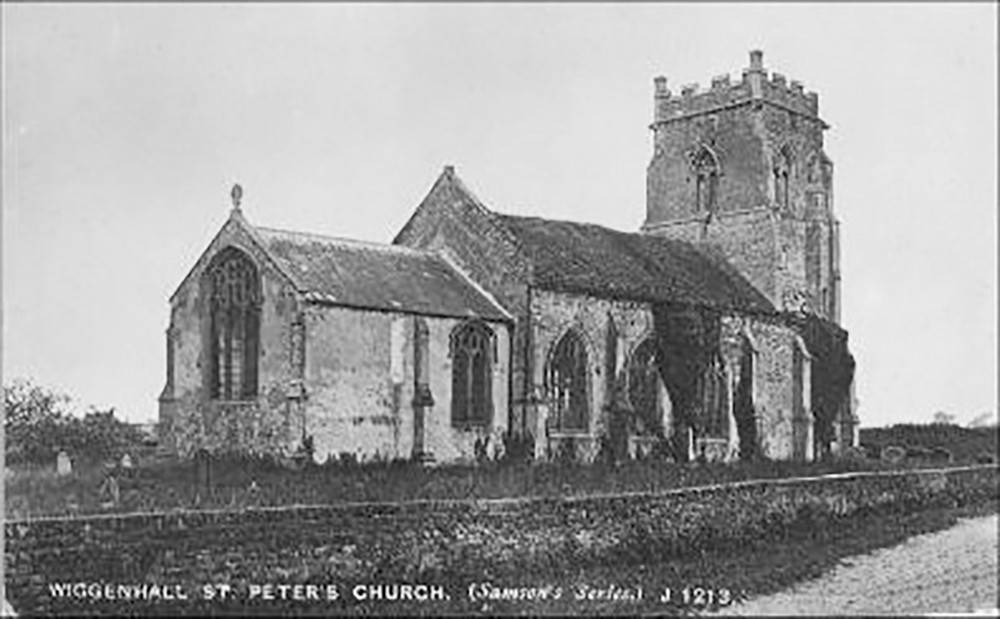
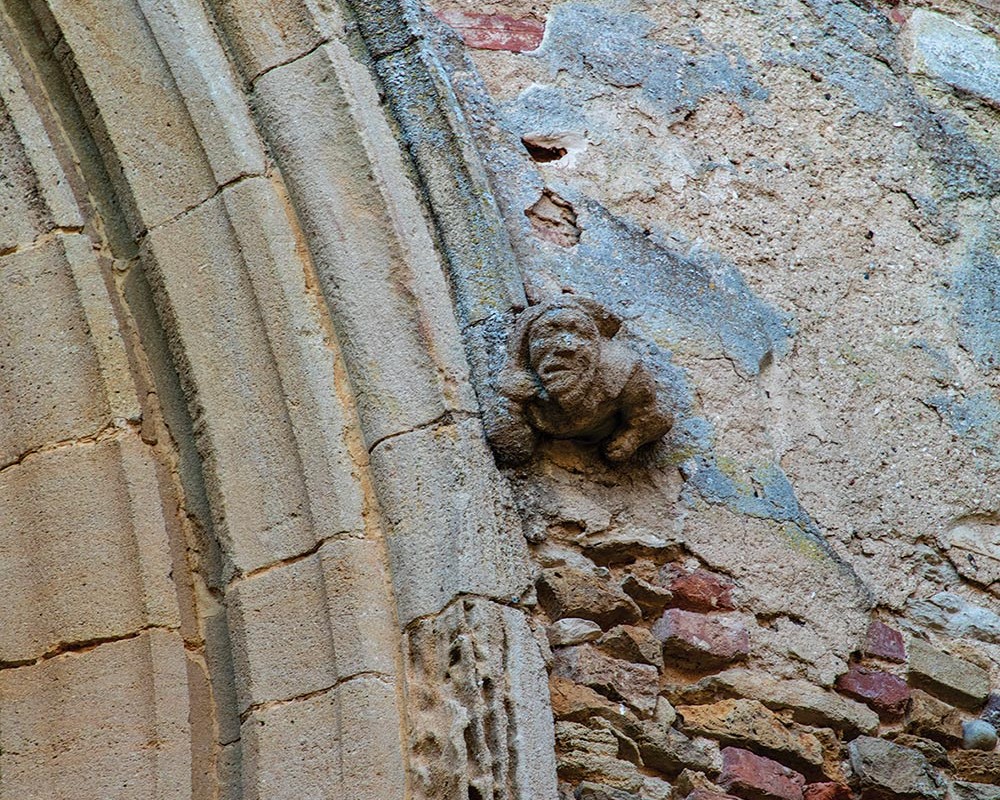
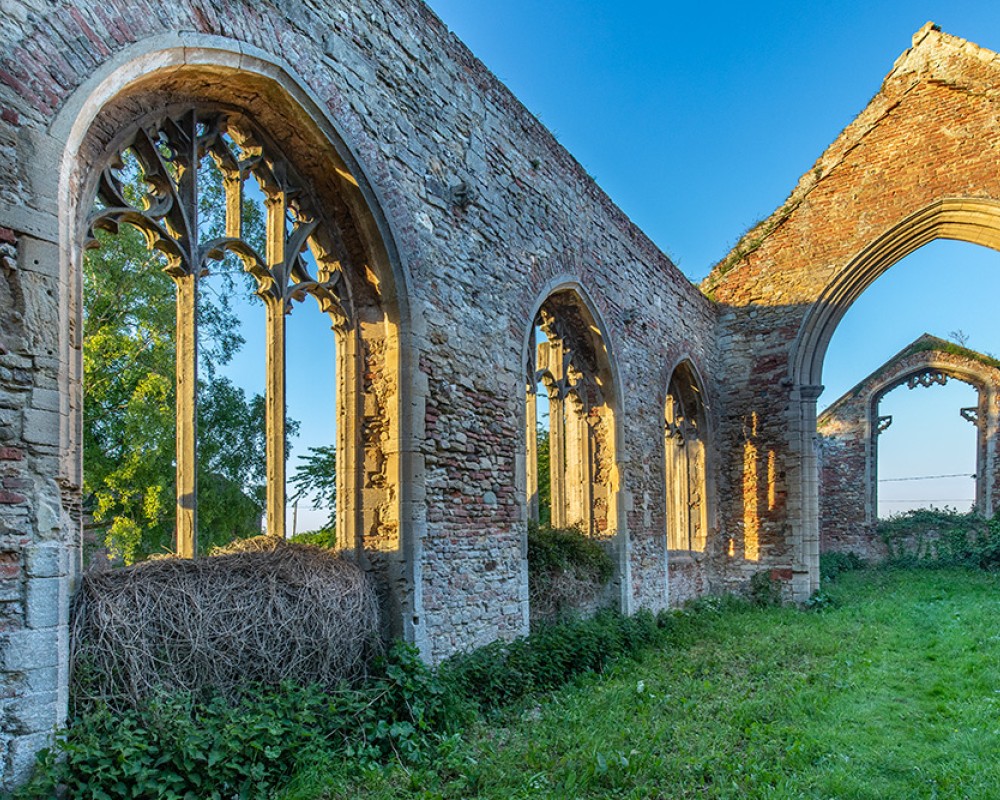
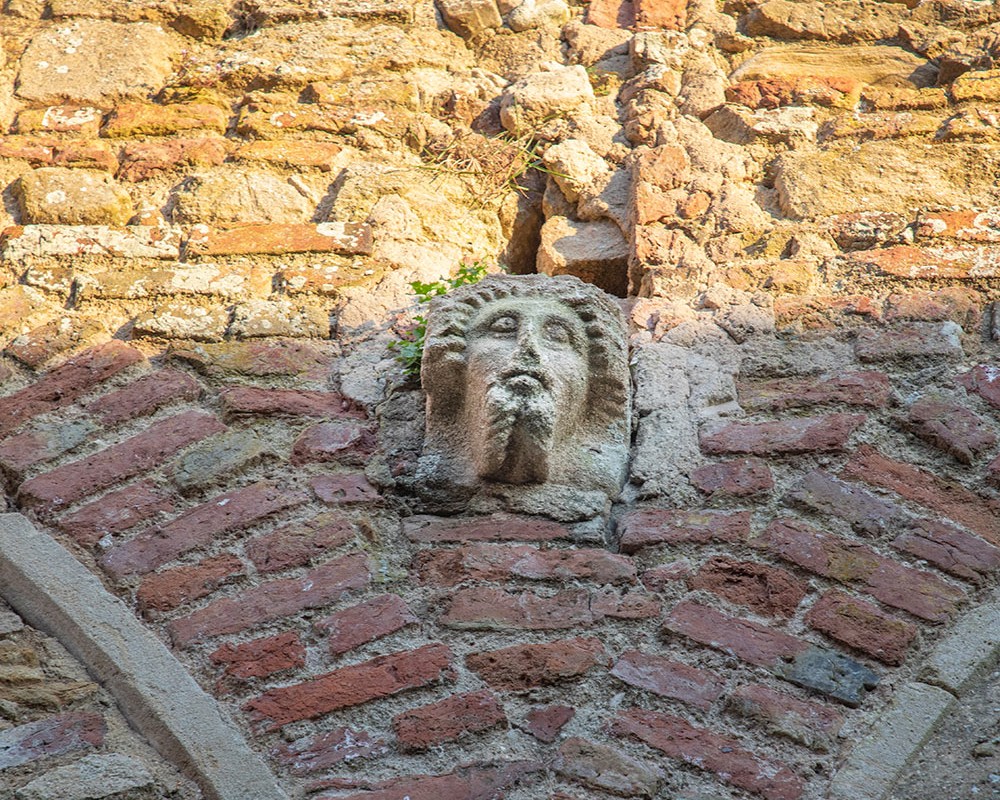
This part of the world has a number of extraordinary churches. In fact, Norfolk has the greatest concentration of medieval churches in the world, with almost 650 still standing and 100 existing ruins. It also has some 70% of the country’s round tower churches and the greatest number in Europe.
St Germaine’s at Wiggenhall St Germans has some of the most fantastic carved bench-ends you’ll see anywhere in East Anglia, exquisitely-carved depictions of the Seven Deadly Sins that somehow miraculously escaped the attention of Cromwell’s troops.
Close by is the beautiful church of Wiggenhall St Mary Magdalen, which has a stained glass gallery of 40 little-known saints - many of whom are very rarely found in churches today. This is one of the very few places in the entire country where you can see depictions of St Callistous, St Britius and St Romanus - and no one is entirely sure how they survived the Reformation.
Which is equally true of the church of the nearby St Mary the Virgin, where the ends of the benches (carved into a variety of saintly figures) are virtually pristine, an extraordinary reminder of a past that was almost totally destroyed in the interests of religious reform.
A wander around the ruined church of St Peter at Wiggenhall is to take a step back into the past and find a connection to a rich heritage of stunning architecture and community spirit.
It’s an evocative reminder of our shared history.
